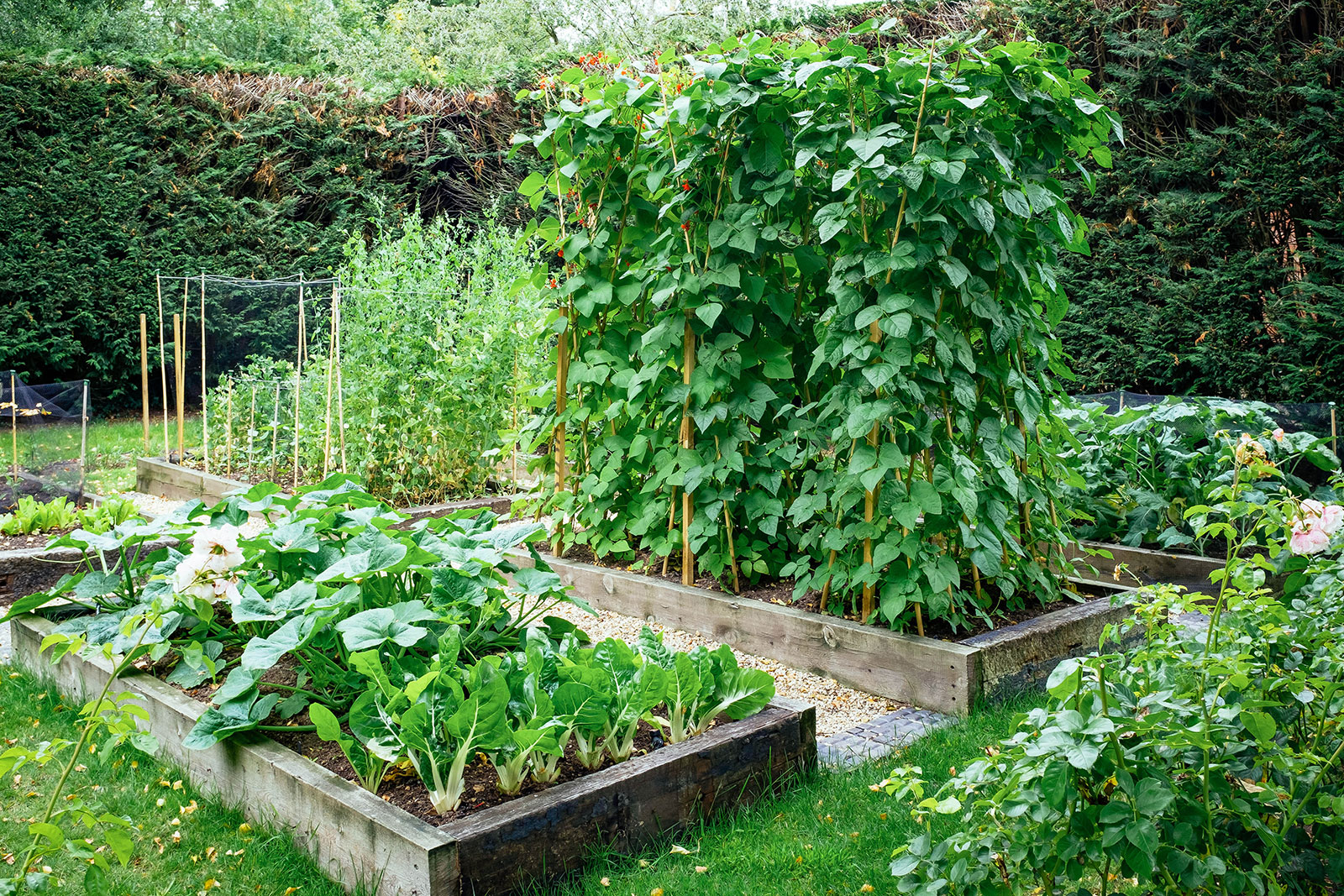Introduction
Understanding how far apart to plant rows in a garden is essential for healthy plant growth, efficient space usage, and easier garden maintenance. Proper row spacing influences air circulation, sunlight exposure, and accessibility for watering and harvesting. This article dives deep into expert recommendations and practical tips on row spacing to help gardeners maximize their garden’s productivity and health.
Why Row Spacing Matters in Gardening
Proper row spacing ensures that each plant has enough room to grow without competing excessively for nutrients, water, and sunlight. It also helps prevent diseases by improving air flow and reducing humidity around foliage. Additionally, correct spacing makes tasks like weeding, watering, and harvesting more manageable, enhancing overall garden efficiency.
Benefits of Optimal Row Spacing
- Improved plant health: Reduces overcrowding and disease risk.
- Better yield: Plants receive adequate nutrients and sunlight.
- Ease of maintenance: Allows room for tools and gardeners to move comfortably.
- Efficient irrigation: Facilitates targeted watering without waste.
General Guidelines for Planting Row Spacing
Row spacing varies based on the type of plants, their mature size, and gardening methods. Here are some broadly accepted standards:
Common Vegetables and Their Recommended Row Spacing
| Vegetable | Row Spacing | In-Row Plant Spacing |
|—————–|——————-|———————|
| Carrots | 12-18 inches | 2-3 inches |
| Lettuce | 12-18 inches | 6-12 inches |
| Tomatoes | 24-36 inches | 18-24 inches |
| Beans | 18-24 inches | 3-6 inches |
| Corn | 30-36 inches | 8-12 inches |
These measurements reflect space needed to accommodate plant growth and airflow.
Adjusting Spacing for Garden Size and Method
- Raised beds: Rows can be closer (12-18 inches) due to better soil conditions.
- Traditional rows: Use wider spacing for large plants to ensure access.
- Square foot gardening: Uses intensive planting with closer rows but requires precise spacing.
Factors Influencing Row Spacing Decisions
Several factors affect the ideal distance between rows:
Plant Type and Growth Habit
Plants with sprawling growth or large leaves (e.g., squash, tomatoes) need wider rows to avoid crowding, while smaller plants (e.g., radishes, lettuce) can be planted in narrower rows.
Soil Fertility and Water Availability
Rich soil and consistent watering can support denser planting, but in poor soil or dry conditions, wider spacing helps reduce competition.
Climate and Disease Pressure
Humid climates benefit from wider rows to improve air circulation, reducing fungal diseases.
Gardening Tools and Accessibility
Consider the width of tools or wheelbarrows used for maintenance, ensuring enough space to maneuver between rows.
Expert Tips for Measuring and Maintaining Row Spacing
- Use a garden measuring stick or string: Mark rows before planting for consistent spacing.
- Plan for plant maturity: Research plant size at full growth to avoid overcrowding.
- Leave walking paths: Include 18-24 inch paths for easy access without compacting soil near roots.
- Observe and adjust: Monitor plant health and be ready to thin or adjust spacing in subsequent seasons.
Real-World Example: Tomato Row Spacing
Experts recommend planting tomato rows 24-36 inches apart with 18-24 inches between plants within a row. This spacing:
- Encourages airflow, reducing risk of blight.
- Allows for staking or caging.
- Provides space for pruning and harvesting.
A case study from the University of California Cooperative Extension found that tomatoes spaced 30 inches apart in rows produced 10-15% higher yields compared to closer spacing, primarily due to reduced disease incidence.
Conclusion
Choosing the right distance between garden rows is a foundational step for successful gardening. Proper spacing balances plant health, productivity, and ease of garden care. By considering plant type, growth habits, environmental factors, and gardening style, you can tailor row spacing to your garden’s unique needs. Start with expert guidelines, observe your plants as they grow, and adjust for future seasons. With intentional planning, your garden will thrive, yielding healthy, abundant crops year after year.
